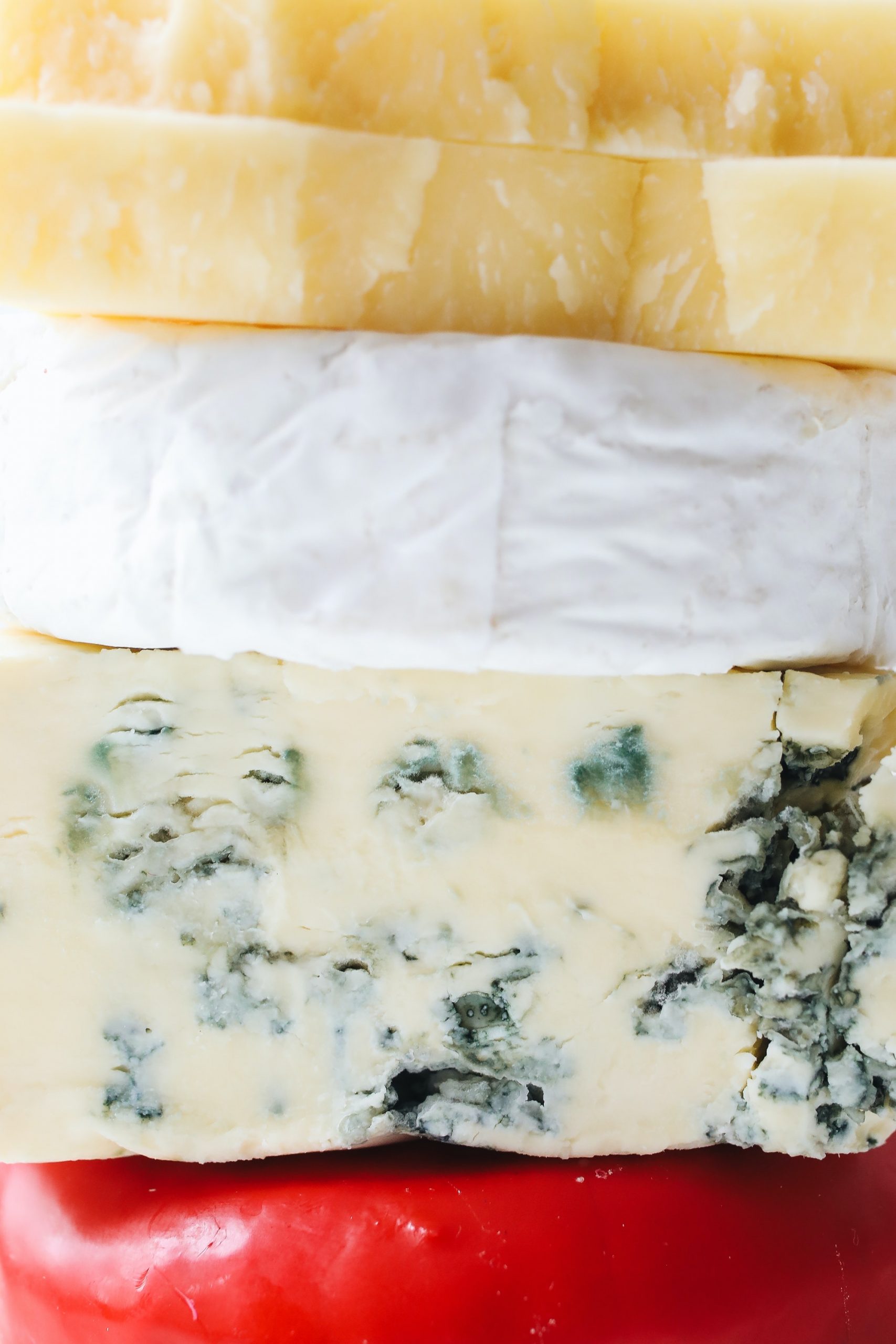
Dairy Products II
After a first entry where we discussed the possibility of incorporating some types of milk or their components into baked goods, now we will talk about other dairy products.
Cream and Butter
Dairy fats often carry a negative nutritional image due to high levels of saturated fatty acids and the presence of cholesterol, in addition to being excluded from vegan diets. Therefore, they are increasingly replaced by vegetable fats or oils. Another reason for their substitution is their higher cost compared to plant-based alternatives. For this substitution, it is sufficient to obtain a vegetable fat with similar functional properties, primarily the melting point.
Cream is commonly used in certain desserts and fillings, especially when whipped (incorporating air), for which it possesses unique properties. Nowadays, there are vegetal substitutes for whipped cream. In doughs, cream does not contribute significantly, and the more common use is vegetable oils or fats.
Butters have an interesting range of melting points for certain preparations, and during the production process, they develop highly appreciated aromas in some products. The melting range of these fats, as well as the final aromas, depends on the starting milk and the production process. Butter has been used in cakes, cookies, and puff pastry products. In the production of fermented bakery products, it can also be interesting, like other fats. The functionality of fats in these products will be discussed in other entries. Generally, these fats need to be melted in the mixing process or beforehand, then solidified during subsequent cooling, and melted again during baking. The melting points of dairy fats can be easily achieved with other vegetable fats; what is more challenging to replicate is their flavour. Therefore, when aiming to achieve the taste of butter or other dairy fats by substituting them with vegetable fats, it is common to resort to the incorporation of external flavours, with varying success, to mimic the originals.
Currently, the use of dairy fats is often limited to highly traditional and valued products where consumers appreciate the original aromas. In Spain, for example, the use of butter is typical in “sobaos pasiegos” (cake product) or certain cookies. Croissants made with butter are also highly appreciated, but for this process, fats with a higher melting point are more convenient, as butter tends to melt and mix with the dough if proper precautions are not taken (temperatures, rests, etc.).
Cheese
The term “cheese” encompasses many products obtained through fermentation, whey separation, and a certain maturation process. This term includes a multitude of products with diverse characteristics such as moisture content, texture, taste, etc. While some cheeses have been incorporated into baked goods due to tradition in producing regions, the use of cheeses in the baked goods industry is minimal. In addition to the challenges mentioned earlier regarding dairy products and groups attempting to reduce or eliminate them from their diets, there are additional issues, including high cost, limited shelf life (especially for moister and softer cheeses), and difficulties in incorporating them into doughs, especially those with a medium texture (not very hard). Harder cheeses can be grated and incorporated more easily, but their high cost often poses a significant challenge. The more common use of certain cheeses is in the preparation of fillings and coatings.
Regarding their nutritional composition, besides water, which varies widely, cheeses are notable for their fat content (almost all dairy fat remains in cheeses) and proteins. During the cheese-making process, whey is separated, which includes most of the lactose and serum proteins. However, caseins, responsible for the structure of the cheese, remain in the cheese, at least in large part.
Despite the challenges with incorporating cheeses, their flavour can be highly appreciated in certain preparations, typically associated with savoury products. To achieve these flavours, it is usually easier to resort to freeze-dried cheeses, although these are costly, or external flavours that imitate various types of cheeses. If we incorporate these flavours, we must study how and at what stage of the process to do so. We will discuss this topic in entries dedicated to flavours.
Yogurts and other Acidified Dairy Products
Unlike cheeses and dairy fats, yogurts and acidified dairy products have a positive nutritional image. For the production of these products, milk, whether whole or skimmed, undergoes the action of certain microorganisms, which remain in the final product. Changes depend on the microorganisms used, but generally, lactose is transformed into lactic acid (and some other acids in a lower percentage), significantly reducing its content, and the pH decreases. On the other hand, other organic substances are generated, providing yogurt or acidified products with a distinctive taste and aroma. Like other dairy products, these have been used in some baked goods by tradition, especially in cake-like products. These products contributed a specific taste and helped achieve a lower pH in the dough. However, one of the most important points in the nutritional image of yogurts, the presence of a specific microbiota, cannot be utilized in baked goods, as these microorganisms have low tolerance to high temperatures and die during the baking process, not being present in viable forms in the resulting products.
Due to their high water content, the shelf life of these products is also short, and for their use, we must ensure a constant supply and proper storage. In fact, some manufacturers chose to produce yogurts themselves to avoid these problems. Currently, the use of these dairy products in baked goods is minimal, due to the aforementioned challenges, and is limited to traditional, high-value-added products highly appreciated by consumers for organoleptic aspects.